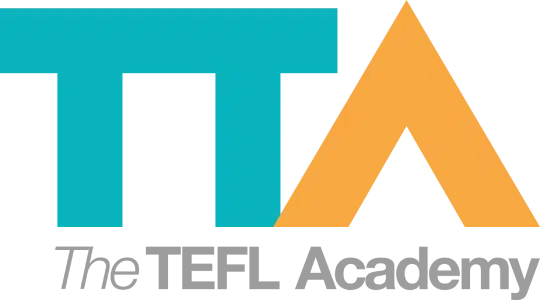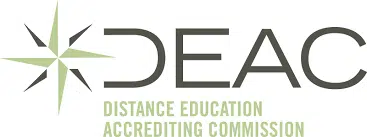An Explanation Of The Present Perfect
Join a global community of over 200,000 TEFL teachers working throughout the world! Enrol me!
If you ask a native speaker about the different tenses in English, chances are they will name the past, present and future tense. As English teachers we know that this is unfortunately not true and that the tense system in English is actually quite complicated.
Here we look at one of the tenses which is one of the first more advanced structures your students will learn: the present perfect tense.
The present perfect tense is a tense used to describe an event or action that happened at an unspecified time in the past. This is in contrast to the past simple which refers to a specific time in the past. Subsequently, while the past simple is used with time expressions such as yesterday, last week, four months ago, the present perfect is used with time expressions such as since, yet, already, never and ever.
In terms of form, the present perfect is quite simple: have/has + past participle. The contracted form is usually used and the negative and question forms are pretty straightforward:
I’ve already eaten breakfast.
I haven’t been to Japan yet.
Have you ever failed a test?
The difficulty for the students come from the different uses of the present perfect. It can be used:
- to talk about experiences
- to refer to a change (or changes) over time
- for recently completed actions
- for completed actions with a present result
- to talk about an action in an unfinished time period
In order to help your students get to grips with the present perfect, the first step is to make sure they are familiar with the form, paying particular attention to the past participle and the contracted forms.
Then it is necessary to provide your students with appropriate situations in which they can practise accurate usage. There are many different activities which can be done in your classroom for your students to practise using the structure, such as talking about travelling or experiences or playing I Have Never.
When teaching the present perfect it will be necessary to contrast it with the past simple in order to show your learners the difference between the two in terms of context. Once they have a handle on this, they should be able to use the present perfect tense accurately and effectively.
Accreditation Partners
The TEFL Academy was the world’s first TEFL course provider to receive official recognition from government regulated awarding bodies in both the USA and UK. This means when you graduate you’ll hold a globally recognised Level 3 (120hr) Certificate or Level 5 (168hr) Diploma, meaning you can find work anywhere and apply for jobs immediately.
 United States
US
United States
US












